Several years ago, two challenging events occurred at the same time: 1) I entered full-on menopause, and 2) my two daughters left home for the wider world.
In order for this stretch of time to be deemed “The Trifecta of Misery,” I just needed my husband to announce that he wanted a divorce. Thank God we have a powerful partnership and he’s still around, but the idea that things happen in threes didn’t escape my fearful heart.
As an adventurer at heart, I craved a new experience to really feel my own purpose.
Because of this, I found myself casting about for meaning and connection. As an adventurer at heart, I craved a new experience to really feel my own purpose and distract my attention from the heartache.
About 10 years ago I heard about Ayahuasca and was intrigued. I imagined I’d be traveling to Peru to take part, but an opportunity popped onto my radar while I was relaxing in a coffee shop in my hometown. I overheard there was an Ayahuasca ceremony in the planning stages nearby and tactfully inquired. Sure enough, it was the real deal. I signed up and began reading and watching documentaries about what the process entails.
Ayahuasca is a powerful psychoactive botanical extract tea. It’s made by boiling together two plants that grow in the rainforests of the Amazon. The brew is a combination of the Banisteriopsis caapi vine and the leaves of the Psychotria viridis. Shamans of the Shipibo people and many other tribes have used it since forever.
The all-night ceremony that centers around this tea is slowly making its way to places all over the globe in religious activities and services to heal and wake up individual and collective consciousness. It kind of fits in a gray area of U.S. law; healing ceremonies are usually protected under the Constitution’s right to freedom of religion. Ultimately, the goal is to embrace and embody our genuine, natural, mysterious, and whole selves. That’s what I intended to do.
Read More: Camino de Santiago: The Walk That Changed an Empty Nester’s Life
The Ayahuasca Experience
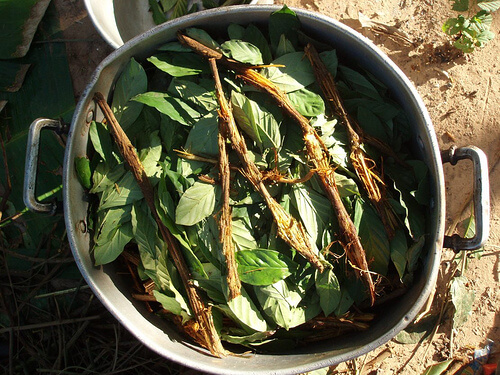
Ayahuasca cooking in preparation for a ceremony.
At dusk, a dozen of us gathered in a large yurt situated in the wilderness. We were men and women of all walks, sizes, ages, and callings: doctors, tattoo artists, healers, travelers, farmers—all people open to the experience of learning whatever the plants would show us.
To ease my nerves, I used a new mantra, “I surrender and let go to learn whatever it is this experience will offer me.”
To ease my nerves, I used a new mantra, “I surrender and let go to learn whatever it is this experience will offer me.” Surrendering and welcoming vulnerability are critical to the Ayahuasca experience. As the sociologist Brene Brown says, “vulnerability is the birthplace of connection,” and this is true in ceremony as well as in human relationships.
Before drinking the tea, we circled up and shared our names and intentions with each other—effectively creating a safe space to gather and support personal growth and learning. More than that, we needed to feel comfortable with getting real with each other. Ayahuasca brings out the most basic and sometimes explosive ways of releasing emotional, physical, and spiritual toxins.
One of the purposes of the Ayahuasca ceremony is purging—releasing what no longer serves. This means purging in a psychological way, and it often has a literal, bodily expression during the ceremony. Sometimes this purging is gentle, and sometimes it’s not. It depends. Vomiting and diarrhea are common. Physical sensations and powerful visions are to be expected. Strong emotions, mysterious ideas, and deep understanding of existential truths are part of the process as well. Each experience is unique to the person.
Drinking the Ayahuasca Tea
Darkness descended, and the ceremony began. One by one we drank the tea from a small gourd. Once the tea is ingested there is no turning back. The Shaman sang traditional Icaros—ancient and meaningful songs that are meant to communicate directly with the medicine, the spirit world, and the ancient ones.
I felt this communication in myself. The medicine I ingested traveled through my body, and I felt vibrations and energy being carried in my bloodstream. They were especially strong when the Shaman sang and then settled down when there were quiet pauses. The Shaman also checked with everyone individually and supported the experience with compassion, love, and tenderness. If the first round of tea hadn’t sufficiently started the process for participants, they were invited to drink again.
I felt my programming—how I was raised to think and act—was being rewired and reconfigured.
I could feel the plants working in my body, like a friendly visitor who has deep intelligence and the ability to work with my physiology and spirit in ways that are liberating and ego-annihilating. I felt my programming—how I was raised to think and act—was being rewired and reconfigured.
As the nausea intensified, I visualized the medicine gathering up all the residue of trauma, darkness, stuck emotions, and sludge. When I eventually did throw up I was grateful to feel all that darkness leave my body. Some of it I couldn’t even name; some of it felt like what Eckhart Tolle calls “the collective pain body”—our portion of the intergenerational pain that is divided up among all humans.
I struggled with letting the medicine do its work and trying to control what was happening. My surrender mantra came in handy, and as I allowed the tea to do its job, I let go of control. Surrendering is hard for most of us, and I am no exception. Yet this “letting go” was what allowed me to have a new perspective. Not being in control, it turns out, feels great.
In the morning, we slowly awakened and ate some soup with handfuls of fruit and nuts while chatting, laughing, and hugging. Then we circled up and shared our experience. The sharing was my favorite part. I loved the way everyone had a personal experience, and yet we were all on a journey together. One woman shared her story of finding her power; one man told about how he experienced a reunion with his deceased parents. I talked about my voyage to my heart and the way I was shown that beauty and suffering are two sides of the same coin.
The Aftermath

Indigenous communities have used ayahuasca as a medicine for generations.(Inage: Cosmic Sister: Tracey Eller)
I departed my first two-day Ayahuasca ceremony with a wide open heart, and I shed tears of joy and deep tenderness for many days following. I felt connected to the natural world and healed from the sadness of my shifting role as a mother and the anxiety caused by my fluctuating hormones. The plants felt like allies who stayed with me, supporting me, for about a year.
I have since taken part in four other ceremonies, and each one has been different. My first two sessions were the most powerful so far. The visual component was full-on, and I saw animals, images, colors, and beautiful three dimensional visions that literally made me gasp in awe.
At every ceremony, each participant slept in their individual nest, yet we felt connected and held together in the yurt. It was a beautiful, wild yet secure adult sleepover. The feeling was of being safe and supported. The experience of being in a safe community in and of itself is healing.
The Lessons
Here is a smattering of what I’ve learned and felt through Ayahuasca ceremonies:
- I am loved, and love is why we are here.
- I am accepted and welcomed and belong in this world.
- I have tremendous healing capacity for myself and others.
- My intuition is accurate and useful.
- Dying is nothing to fear.
After participating, I now believe the potential for using this healing medicine is huge. I plan to take part in a ceremony at least once a year to discover what more this plant medicine offers. Courage and willingness are all that are needed, and I now know that I have those in abundance. My age and my role as a mother have little to do with who I really am: It’s my own individual self, apart from all the identities that I’ve been assigned, that matters.
Read More: I Tried a Sweat Lodge So You Don’t Have To
A version of this story was originally published in November 2018.

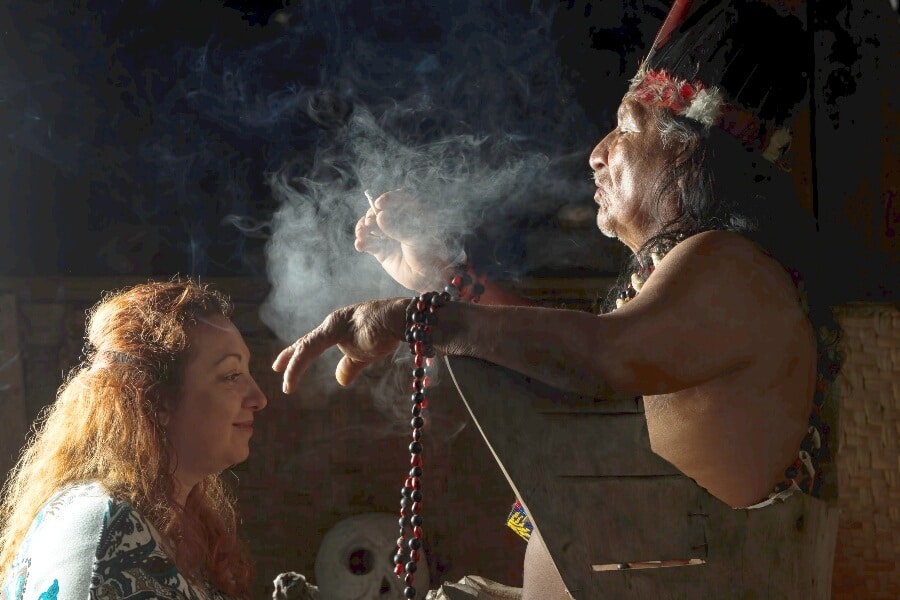
















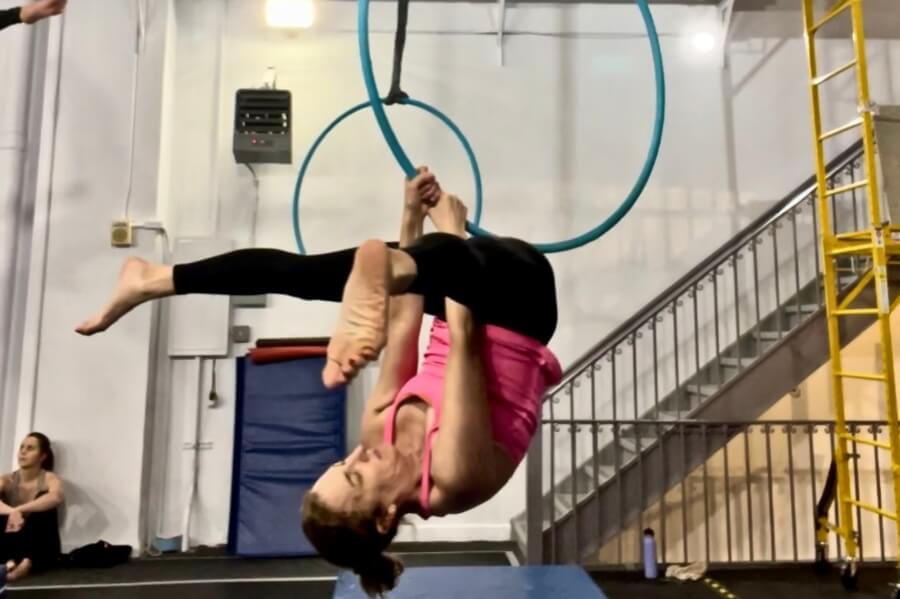
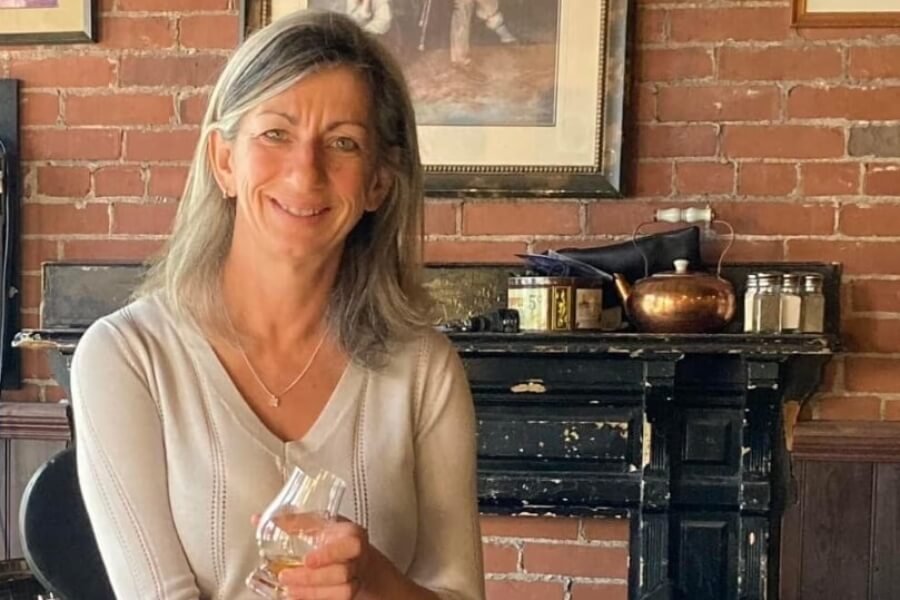
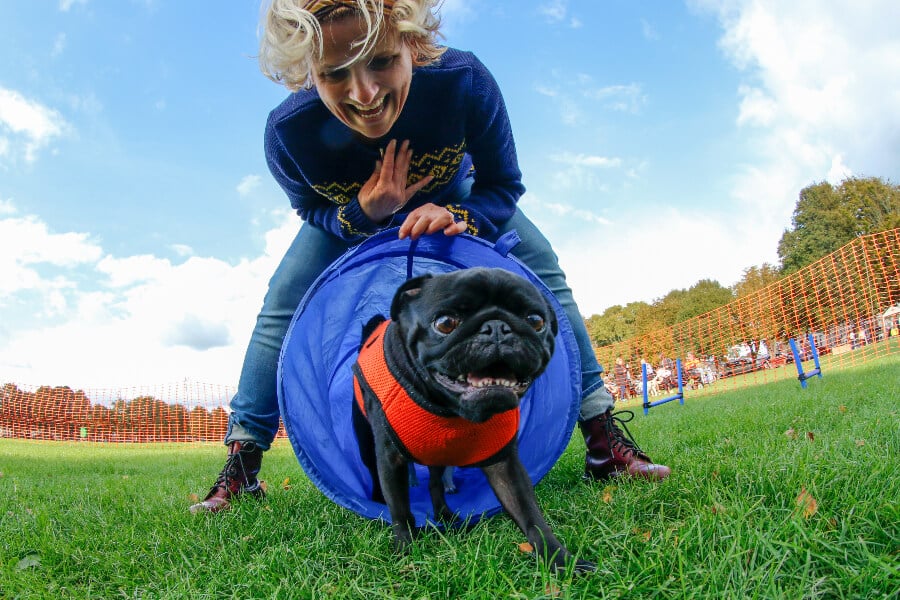
0 Comments